The archaeology of the Jomon period in the Japanese archipelago is of tremendous significance for world prehistory. Yet, largely due to the language barrier, Jomon archaeology has not had the global impact it deserves. This is despite a boom in interest in the subject in Japan at present, highlighted by the first major exhibition of Jomon ceramics at the Tokyo National Museum this summer – among the 350 objects on display were several items now designated National Treasures, the highest level of cultural recognition in Japan. European audiences will have the opportunity to enjoy some of these Jomon treasures as the exhibition travels to the Maison de la culture du Japon à Paris this autumn (17 October–8 December) as part of the major ‘Japonismes 2018’ project overseen by the Japan Foundation.
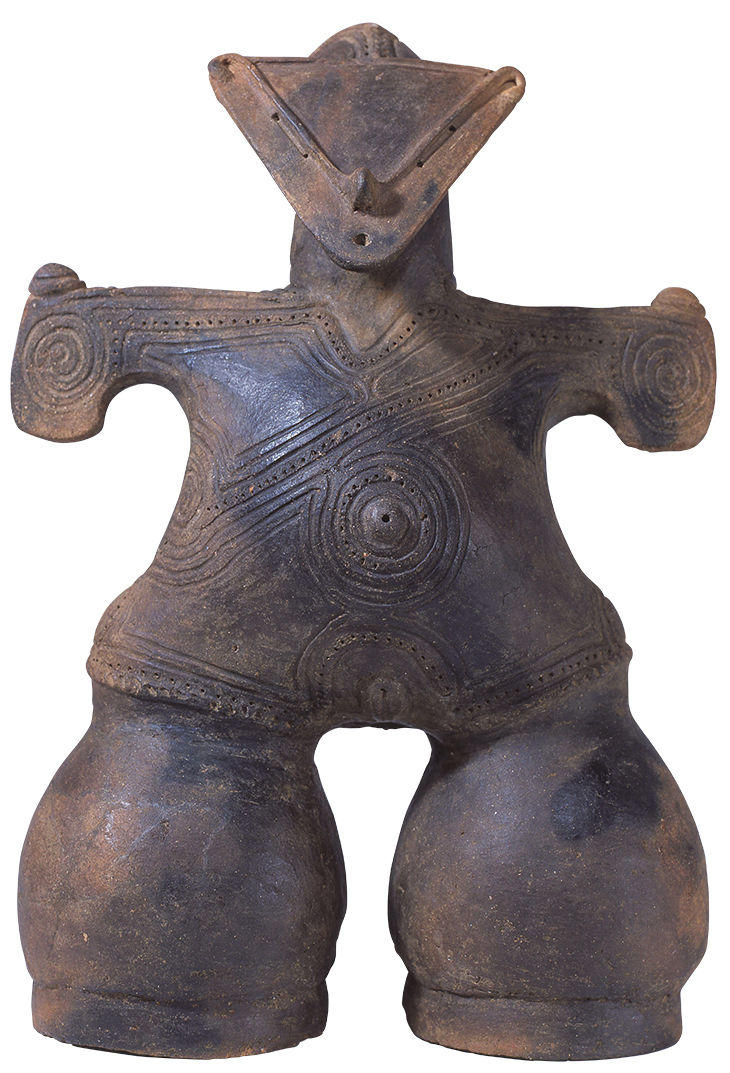
Dogu (clay figurine), known as ‘Masked Goddess’, Late Jomon period (2,000–1,000 BC), Nakappara site, Chino-shi, Nagana. Chino City Togariishi Museum of Jomon Archaeology. Courtesy National Museum of Tokyo
Since the earliest reports of Jomon sites in the 19th century, the archaeology of the Jomon period – now believed to date back more than 16,000 years, from the appearance of the earliest ceramic containers, and lasting until the emergence of rice farming at the start of the Yayoi period, around 2,500 years ago – has generated international interest. In 1877 Edward Sylvester Morse’s investigations at the Omori shell middens south of Tokyo were the subject of the first proper archaeological report of a Japanese site and were widely covered in the press, including the Illustrated London News. And Neil Gordon Munro paid great attention to Jomon sites in his monumental Prehistoric Japan, published in 1908, the first English-language synthesis of Japanese archaeology.
In Japan in the later 20th century, unprecedented land development as the economy flourished led to a boom in archaeological activity, and the production of the richest archaeological record anywhere in the world for temperate fisher-hunter-gatherers. It is an extraordinarily diverse record: there are completely excavated settlements, ceremonial sites, cemeteries, extraction sites, wetland sites with astonishing preservation of organic materials, caves and rock shelters – as well as thousands of shell middens of the kind first reported by Morse.
Compared with other hunter-gatherer societies around the world, I like to think of the Jomon as rather precocious, at least in material terms. Jomon people created some of the oldest known ceramic containers – for example, at Odai Yamamoto in Aomori, at the northern tip of Japan’s main island, Honshu, thousands of years before pottery was being used in the Near East or in Europe. Their early use of lacquer – as found at Kakinoshima B in the northern island of Hokkaido, dating from some 9,000 years ago – demonstrates what a detailed understanding they had of the materials available. Some of their settlements lasted a very long time: Sannai Maruyama in Aomori, the largest Jomon site yet discovered, was occupied for more than 1,500 years, longer than many cities in the contemporary world.
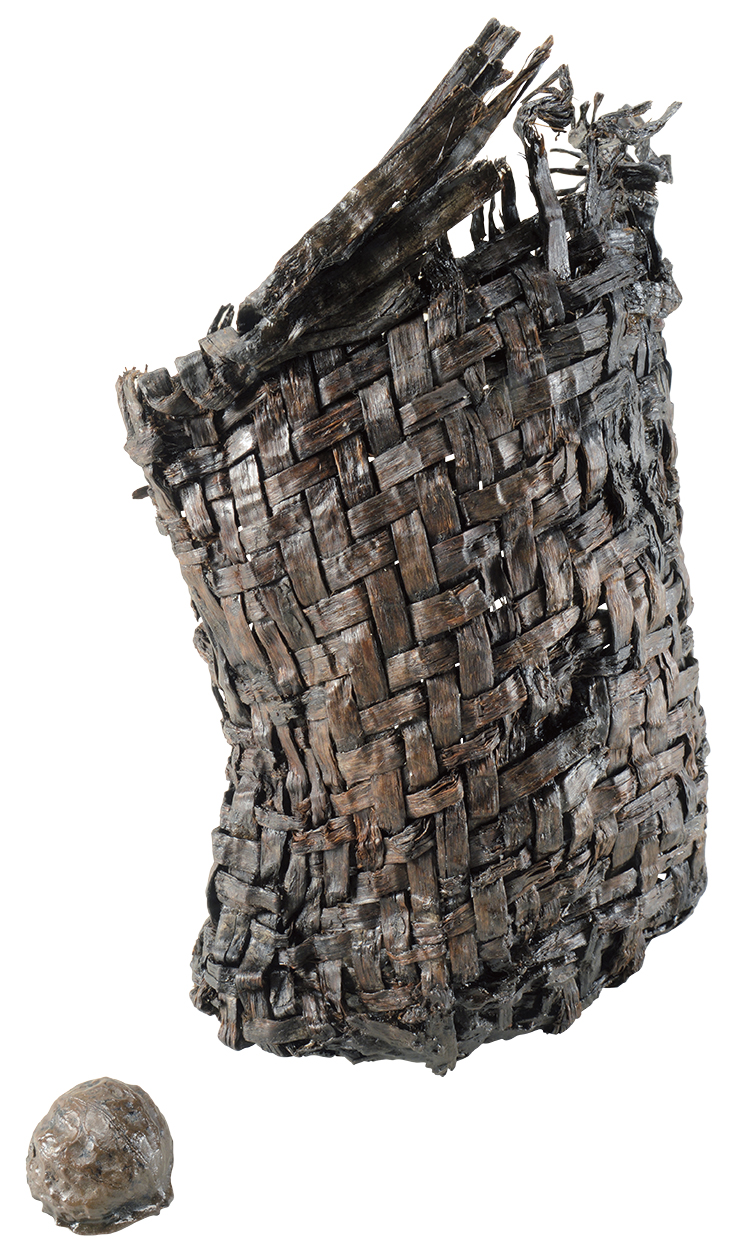
Basket, Middle Jomon period (3,000–2,000 BC), Sannai Marayuma site, from Aomori-shi, Aomori Wood. Aomori Prefectural Board of Education (entrusted to Jomon Jikuyan)
Jomon people clearly had a highly developed sense of their place in the world around them, and their relationship with the Other World. This is in part expressed through their stone monuments – circles, standing stones and other stone arrangements. Japanese archaeologists have investigated many hundreds of Jomon stone monuments, including the stone circles of Komakino in Aomori and, 100 miles south of there, Oyu and Isedotai in Akita. As at Stonehenge, there are still many unanswered questions: what was the connection of the stones to the movement of the heavenly bodies? Were they related to death and burial, or to seasonal ceremonies, or both? These enigmatic sites are some of the most immediately accessible to modern visitors, remaining as visible monuments in the landscape. Archaeologists have gone to great lengths to ensure their survival in the face of development pressures – as shown at the stone circles of Washinoki in Mori-machi in Hokkaido, where the site has been preserved above a major road tunnel.
These sites are the enduring traces of Jomon populations who were fully modern human beings, with the same intellectual, emotional and physical capacities as people today, though shaped by unfamiliar circumstances. Although we cannot reconstruct how they spoke, they must have had a rich language for describing how they saw the world around them. The study of Jomon archaeology offers a glimpse of different ways of inhabiting the landscapes of the Japanese archipelago – and perhaps this in part explains the current fascination with the Jomon.
The name Jomon (meaning ‘cord-patterned’) was coined by Morse, an American zoologist whose excavations at Omori made him the first Westerner to encounter the pottery ornamented with the impressions of twisted plant fibres during his excavations at Omori. Subsequent generations of Japanese archaeologists have identified over 70 major regional and 400 local styles of pottery, all assigned to the Jomon period. Some styles were very long-lived, such as the predominantly cylindrical forms of north-eastern Honshu, while others were made for just a few generations, in particular those made in the mountains and valleys of central Japan. In the 1930s members of the Kondo family of archaeologists discovered sherds of pots now recognised as belonging to one of the most elaborate styles at Umataka, in the city of Nagaoka, ancient centre of Echigo Province (modern-day Niigata Prefecture), on the terraces of the longest river drainage of the entire archipelago, the Shinano river.
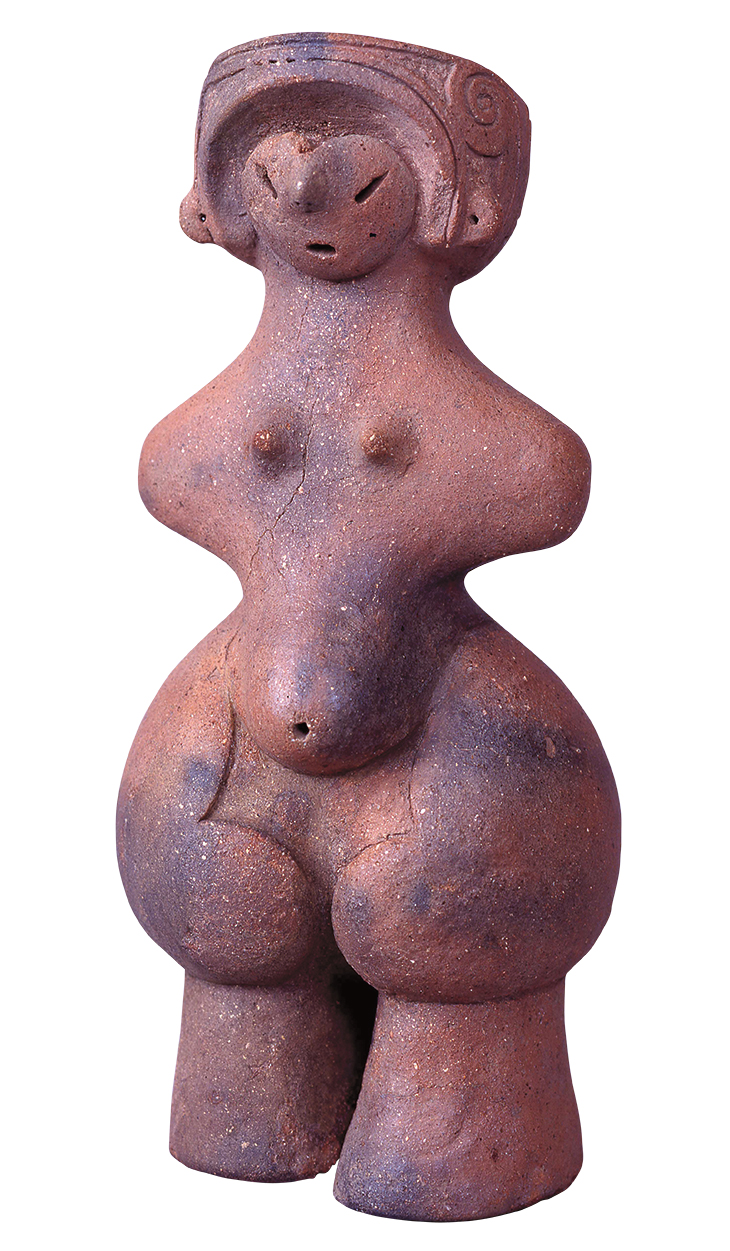
Dogu, known as ‘Jomon Venus’, Middle Jomon period (3,000–2,000 BC), from Tanabatake site, Chino-shi, Nagano. Chino City Museum of Jomon Archaeology
The mountains and valleys of central Japan were the backdrop to one of the most exceptional bursts of creativity in the prehistoric world. Between 5,500 and 4,700 years ago, this part of Japan supported some of the highest population densities of foraging peoples known in the temperate zone from any period. The great Jomon archaeologist Kobayashi Tatsuo has compared the region at this time to Silicon Valley, with many people living in close proximity bouncing ideas off each other. These communities developed their skills in their foremost medium of expression and communication, pottery, to astonishing heights. Fortunately, ceramics are one of the most robust elements of the archaeological record, and the distinguished tradition of research into prehistoric Japanese pottery, coupled with the meticulous investigation and recording of Japanese archaeological sites, means that we know a lot about the societies that created them.
An encounter with Umataka-style pots – also called flame pots because of the flame-like crenellations that lick the rims – still evokes feelings of shock and awe. The shock comes from the visual overload that results from attempting to take in the complexity of design. Heavily sculpted, three-dimensional protuberances reaching up and out from the mouths of the vessels are combined with the careful use of motifs crafted from applied strips of clay, including inverted ‘S’ shapes and twisted horizontal figures of eight, named ‘dragonfly eyes’. Analysis of the design elements of these flame pots from several hundred sites across Niigata Prefecture has allowed specialists such as Imafuku Rikei to argue that there must have been well-developed networks of communication along which information and ideas were exchanged. The awe comes from an appreciation of the ceramic expertise of the vessels’ creators, especially apparent in the massed displays of reconstructed pots at the Niigata Prefectural Museum of History, or the newly built Umataka Jomon Museum on the site where the Kondos first unearthed fragments of flame pots.
Flame pots are the focus of intense debate about the world view to which the Jomon people were giving material expression: it may have included a dualistic principle, embodied in the two main forms of flame pots, those with cockscomb-shaped flaming protrusions and those with more architectural, angular ‘crown’ shapes projecting upward from the rim. Perhaps the pots echoed the curling flames that would have created a sense of movement in the dark recesses of pit houses, casting shadows that would have been the perfect accompaniment to stories told during the long, snowy winters for which this part of Japan is still famous; but for some observers, the spirals on the pots evoke the ripples and eddies on the surfaces of a salmon-rich river.
There is evidence that the Jomon foragers were culinary innovators. They knew about farming, though they chose not to take it up – and they had some of the closest relationships to plants that non-farming people have anywhere in the world. They ate nuts, fish, some meat and a range of wild and possibly domesticated plants. Not only did they probably invent fish soup, boiling it up in those first ceramics, but features of some Jomon sites suggest they may have been preserving food to see them through the winter. This probably included salmon (they may even have invented smoked salmon) and smoked ham – wild boar was probably prepared for consumption in early smoking pits found on village sites in south-western Japan. While it seems that they were not growing any crops as a staple food resource, there is evidence that they were growing burdock, perilla and other plants, including some beans, or at least encouraging them to grow near their villages. Some of these plants may have been used to enhance the flavours of their food: perhaps the Jomon people were some of the world’s first ‘gourmet’ foragers. (It is tempting to speculate about what later Japanese cuisine owes to the Jomon.)
At some Jomon sites there is a small cluster of houses or house floors which represent very early village communities. These traces of buildings suggest that people were staying in one place for quite a long time, certainly longer than for an overnight hunting camp. It is particularly intriguing that not only were they staying in one place for long periods at a time, but they returned to the same place and re-established their buildings. Around 500 Jomon village sites have been excavated on a large scale, all around the Japanese islands, particularly in the central and eastern part of Honshu and Hokkaido. Many of these settlements are circular in plan. Often a number of house pits surround a relatively empty area, a plaza or a central space; sometimes burials are found in this area. Outside the residential area we find storage pits, and beyond these, areas for depositing materials that are no longer used. Their houses often had a central fireplace, where one of the pots would have been placed. Unlike the long-houses of the European Neolithic, which are not often rebuilt in the same place, Jomon houses were more akin to the ‘tells’ found in western Asia and south-eastern Europe, mounds built up from one layer of occupation after another. Maybe the circular design of the settlements was a deliberate strategy to prevent social hierarchies developing: when people came out of their houses they could not avoid meeting their neighbours. (It is argued that knowing exactly what your neighbour was up to would have disrupted hierarchies.) In many small-scale societies that subsist on natural resources there is a strong ethos of sharing what you have and not hoarding things to the detriment of your neighbours.
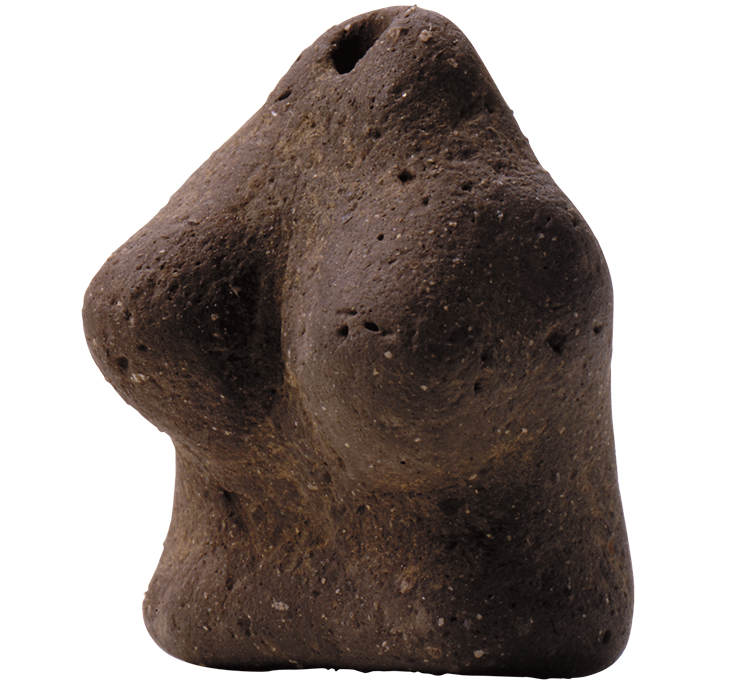
Dogu, incipient Jomon period (11,000–7,000 BC), from Aidan Kumahara site, Higashiomi-shi, Siga. Shiga Prefecture Board of Education
The Jomon people did not only make pottery containers. In 2010, an important discovery was made at a site called Aidani Kumahara in Shiga Prefecture, close to Lake Biwa, 200 miles west of Tokyo: from a large house pit was recovered a tiny piece of fired clay that had been shaped into what archaeologists call a dogu, a ceramic figurine of the Jomon period. There is a lot of debate about the function and meaning of these objects. The example from Aidani Kumahara is around 13,000 years old, making it one of the oldest known from Japan. It certainly seems to have breasts and hips, though not legs, arms or a head – a characteristic of many of the later figurines that have been discovered across Japan, the majority in the east of the archipelago. More than 20,000 dogu have been found in the Japanese archipelago, five of them now designated National Treasures.
One of many important discoveries at Kakinoshima B in Hokkaido was a burial pit. Human bones tend to disappear relatively quickly in Japan’s acidic soils, but in this instance, although the bones had gone, what was left behind was a kind of shroud made out of plant fibres dipped in lacquer. The lacquer was dated using radiocarbon methods to 9,000 years ago, at least 2,000 years before the earliest known lacquer in China. The substance, made from the sap of the lacquer tree, is a very complicated material to work with, requiring an in-depth knowledge of trees, careful planning and patience. One of the mysterious things about the shroud is that Hokkaido is north of the current natural range of the lacquer tree. So what is this shroud doing here? Perhaps the range of the lacquer tree has changed over time, as climate has altered. Waterlogged Jomon sites have produced a range of exquisite lacquered items, including hairpins, finger rings, ear ornaments, and larger items such as hunting bows. Lacquer was also used to cover pots and wooden vessels. Occasionally, pots still containing lacquer are found.
Jomon people showed remarkable resilience: their social structures and engagement with the world around them underpinned a set of continuous cultural traditions that lasted more than 12,000 years. Their innovations included ceramic figures, containers and lacquer, contributions to cuisine, a tremendous sense of style and design, and representations of numerical concepts. The anthropologist Alfred Gell wrote of the ‘technology of enchantment’, and this is a good way to think about Jomon: a form of being in the world that included a developed sense of the enchantment of technology and the technology of enchantment. In some ways, the ceramic figures are a distillation of this notion; consider the care with which they were made, the movement they embody, and the attention paid to the processes of manufacture and materials employed. The Jomon people developed ways to sustain lifestyles based on a sharing ethos, which provided the basis for networks that not only guaranteed communication of ideas and information, but also helped them through hard times.
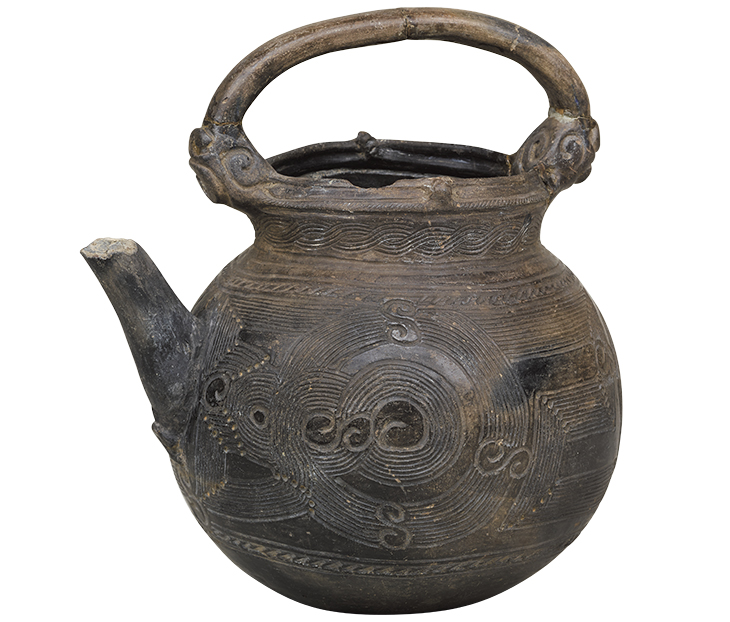
Spouted vessel, Late Jomon Period (2,000–1,000 BC), from Shiizuka Shell Mound, Inashiki-shi, Ibaraki. The Tatsuuma Collection of Fine Arts, Hyogo.
None of this should be taken for granted. There is something magical and special about the artistry displayed by so much Jomon culture. Material culture plays an active role in society; it has its own agency. We can see how these vessels are entangled in social relationships and we can start to explore how to bridge the millennia and to reveal the value of aesthetic appreciation both in the past and in the present. Today, Jomon achievements are inspiring new generations of visitors to Japan’s excellent museums, as well as new international research collaborations. There is even a move to have the Olympic cauldron for the 2020 games in Tokyo made in the form of a flame pot. What could be a better testament to these precocious foragers of the Japanese archipelago?
‘Jomon – Birth of art in prehistoric Japan’ is at the Maison de la culture du Japon à Paris until 8 December.
From the November 2018 issue of Apollo. Preview and subscribe here.
Unlimited access from just $16 every 3 months
Subscribe to get unlimited and exclusive access to the top art stories, interviews and exhibition reviews.

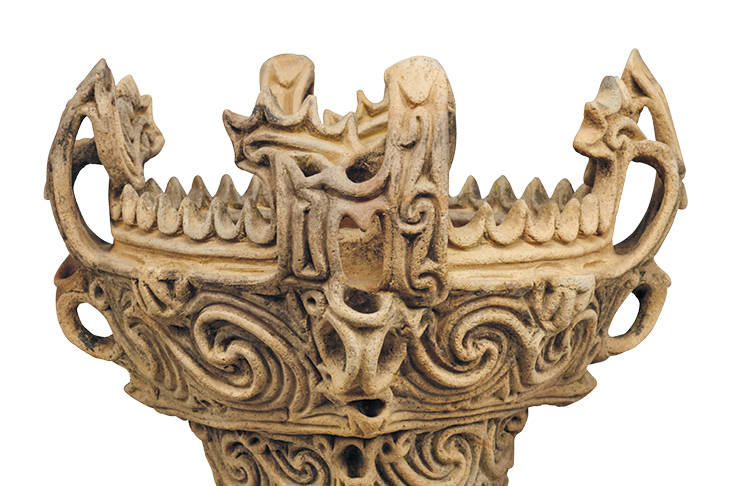
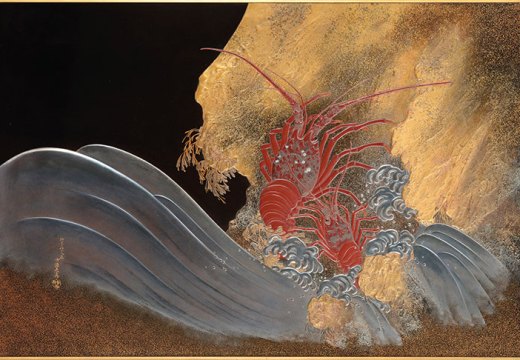
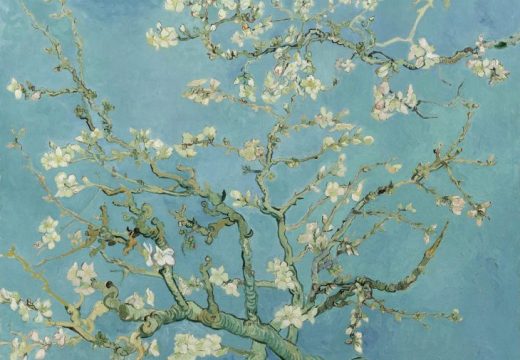
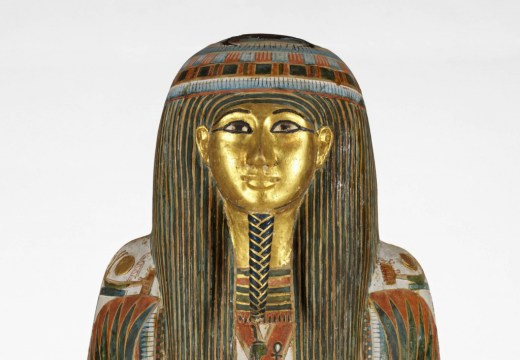









![Masterpiece [Re]discovery 2022. Photo: Ben Fisher Photography, courtesy of Masterpiece London](http://www.apollo-magazine.com/wp-content/uploads/2022/07/MPL2022_4263.jpg)
It’s time for the government of London to return to its rightful home